
Product information
Domaine Bachelet-Monnot Maranges 1er Cru La Fussière Rouge 2022
Pinot Noir from France, Dezize-Lès-Maranges, Côte du Beaune, Burgundy
$148
Description
“The 2022 Maranges Rouge La Fussières 1er Cru is a blend of several cuvées with different proportions of whole bunches, averaging around 30%. It has more nuance on the nose than the Vieilles Vignes; the stems are neatly incorporated. The palate is medium-bodied with a sapid entry that gets the saliva flowing. With chalky tannins, quite firm structure and a hint of licorice on the finish, this Maranges deserves 3 or 4 years in bottle.”
Neal Martin, Vinous 90-92 points JM 89-91
In stock
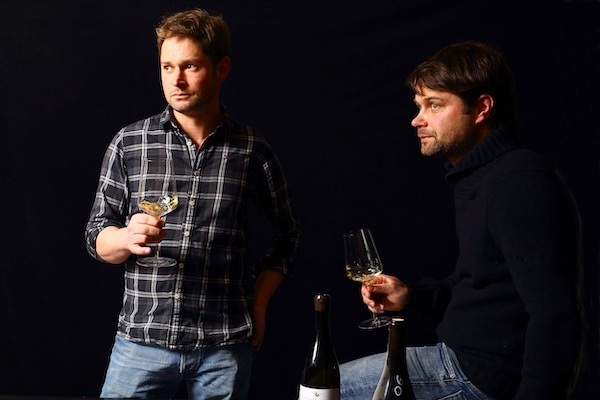


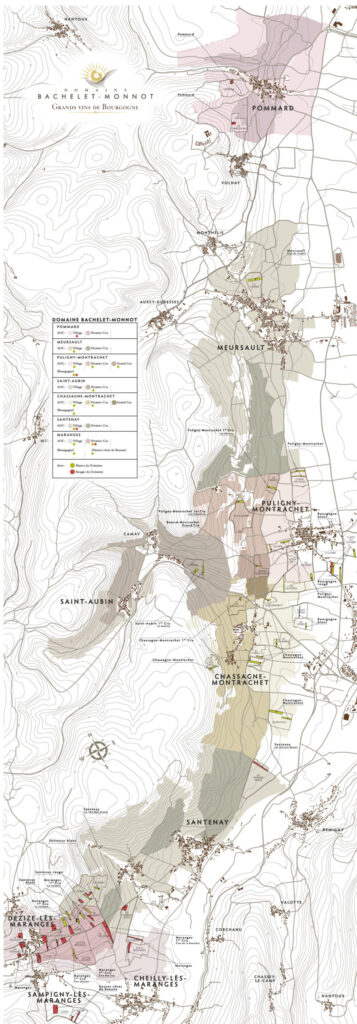
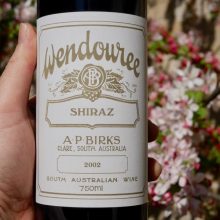
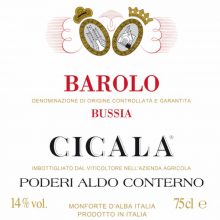
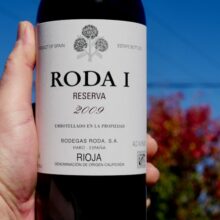
You must be logged in to post a comment.